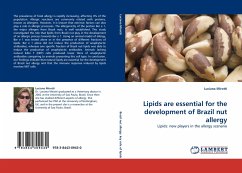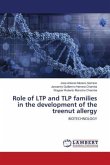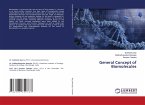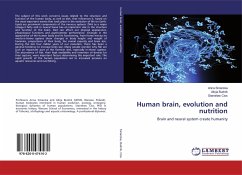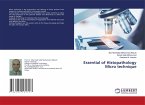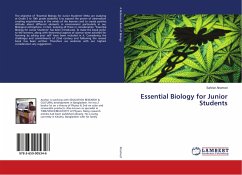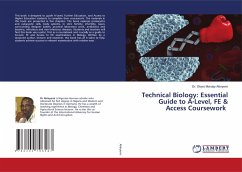The prevalence of food allergy is rapidly increasing, affecting 4% of the population. Allergic reactions are commonly related with proteins, known as allergens. However, it is known that extrinsic factors can also play a role in allergic processes. The allergenicity of the protein Ber e 1, the major allergen from Brazil nuts, is well established. This study investigated the role that lipids from Brazil nut play in the development of an allergic process towards Ber e 1. Using an animal model of allergy, Ber e 1 was tested alone or in the presence of different fractions of lipids. Ber e 1 alone did not induce the production of anaphylactic antibodies, whereas one specific fraction of Brazil nut lipids was able to induce the production of anaphylactic antibodies. Animals lacking natural killer T (NKT) cells produced lower titers of anaphylactic antibodies comparing to animals presenting this cell type. In conclusion, our findings indicate that natural lipids are essential for the development of Brazil nut allergy and that the immune response induced by lipids involves NKT cells.
